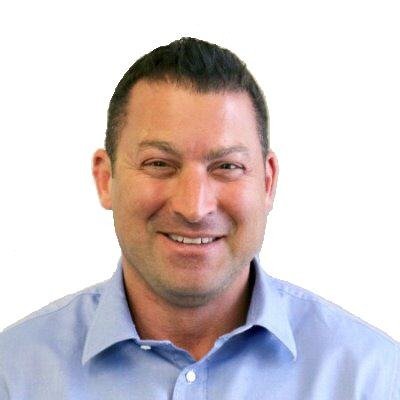




I look at product design holistically. Everything from product conception to engineering and prototyping and from supply-chain management to marketing. I’m privileged to work with Fortune 500 companies and entrepreneurs and to participate every day in innovations in consumer electronics, the Internet of Things/wearables, medical devices, home and commercial appliances and much more. I’ve also worked with Apple, Cisco, Speck, Lunar and others, and am grateful to have been exposed to many of the best practices in the industry, which provided the fuel for developing many of my own.
FREE CONSULTATION
Phase 1 – Choosing and Validating The Right Path.
A training regimen needs to be hard because it will produce wins at the end. Similarly, product design needs a strong foundation. At Rabbit Product Design, this means:
- Patent Research and Opportunity Analysis – New workout and diet management routines are always being created. Bodybuilders look at what’s out there and create something entirely new. In product development, this means exploring the patent landscape of an idea in order to look for strategic white space. Then develop products based on this available white space.
- Product Research – Before you can win a competition, you have to know what the requirements for winning are. Similarly, before anything can be developed, you have to research the features to include that are desired by your target market. It’s not just about developing concepts well; it’s about developing the right concepts that will produce winning outcomes.
- Concept Generation – Just as you need to explore different training regimens, you need to explore different concepts. You don’t want to miss out on the best one. You want to start off at a high level looking at all possible solutions while considering manufacturability then narrow down to a select few before making a final concept selection.
-
Technology Research – Engineering can be complicated. Like workout routines, where you have limited time and energy to accomplish a goal. There are always tradeoffs: some are acceptable and some are not. You have to optimize development and unit cost, performance, availability, and impact on lead time. Also important are battery technologies and overall product sizing. Making the wrong tradeoffs or decisions can mean the final product is too large, not robust enough, lacking in power or unable to meet spec.